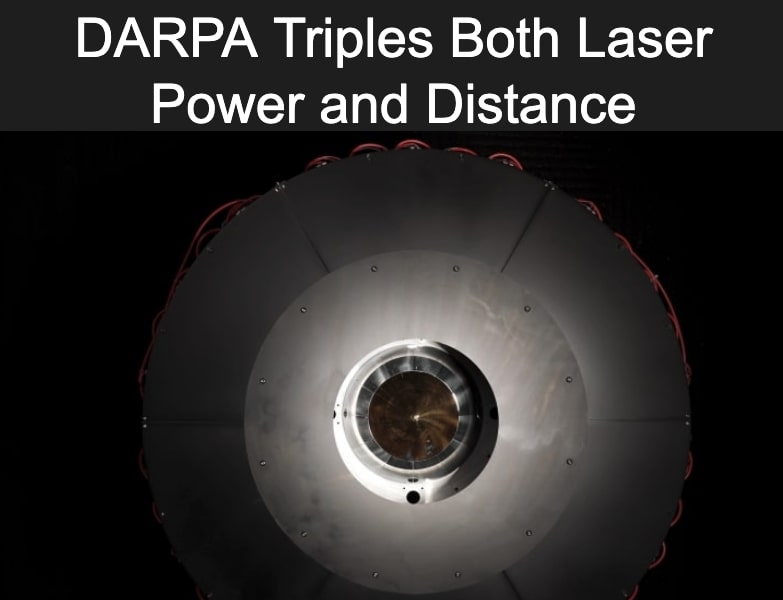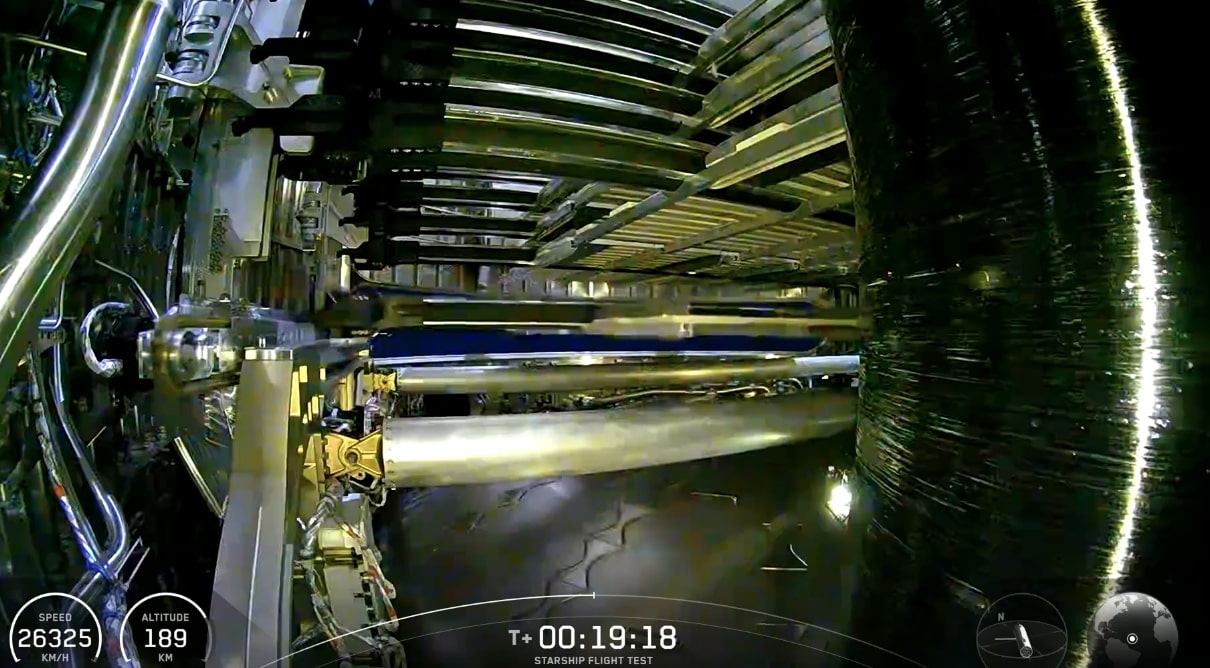Now Reading: DARPA Boosts Wireless Power Beaming to 800W Over 5 Miles, Aims for 5000W by 2028
-
01
DARPA Boosts Wireless Power Beaming to 800W Over 5 Miles, Aims for 5000W by 2028
DARPA Boosts Wireless Power Beaming to 800W Over 5 Miles, Aims for 5000W by 2028

Quick Summary
- DARPA’s Persistent optical Wireless Energy Relay (POWER) program broke records by transmitting 800 watts of power via laser over 8.6 kilometers (5.3 miles) for 30 seconds, surpassing previous benchmarks of 230 watts at a distance of 1.7 kilometers.
- more than one megajoule of energy was transferred during the test campaign, demonstrating notable progress in wireless power transmission technology.
- The POWER program aims to beam energy over distances up to 120 miles at a capacity of 5 kilowatts,using airborne relays and drones to create a wireless energy network.
- Phase 2 contracts for an integrated subscale relay presentation are set for mid-to-late 2025, with full-scale multi-relay demonstrations expected in Phase 3 by approximately 2028.
- The system employs advanced optics and photovoltaic receivers with reported efficiency exceeding 20% at shorter distances.
- Long-term potential includes enabling drones and ground units to operate persistently without fuel limitations through dynamic wireless power delivery.
Images included:
!Laser Power Transmission
!Diagram of POWER Relay Web
Read more: Next Big Future Article
Indian Opinion Analysis
DARPA’s advancements in wireless power transmission technology could mark the beginning of a significant shift in how energy is delivered remotely across long distances. While the primary focus remains military applications like powering battlefield assets dynamically through drones or ground systems, the implications extend beyond defense-a possibility that may interest countries like India heavily invested in renewable energy innovations.
For India,whose growing use of UAVs (Unmanned Aerial Vehicles),disaster response initiatives,and rural electrification strategies reflect an expanding dependence on portable technologies,DARPA’s achievements highlight avenues for research collaboration or technology importation policies aimed at bridging infrastructure gaps across remote areas. Additionally,adapting similar concepts could help reduce dependency on fossil fuels while improving logistics such as troop mobility along border regions.
Efficiency challenges due to atmospheric interference-compounded by India’s diverse climate conditions-should prompt evaluation regarding localized viability before broader submission is considered within civilian sectors elsewhere globally.























